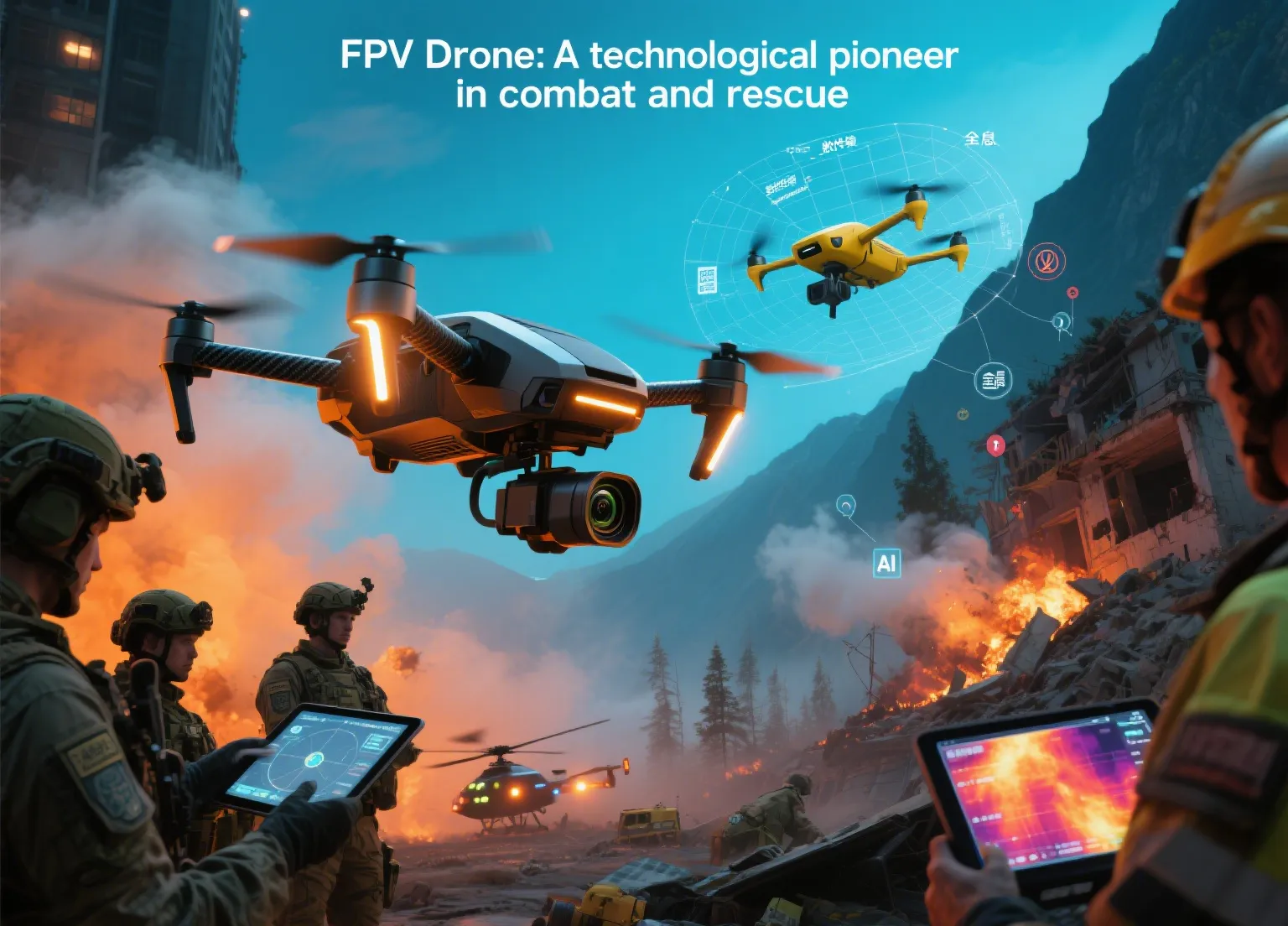FPV Drone Racing: Achieving 150km/h Speed with Precision Control
First-person-view (FPV) drone racing represents the ultimate fusion of technology and adrenaline. For enthusiasts wondering what does FPV drone mean, it’s experiencing flight through the drone’s perspective using real-time video transmission. Serious racers understand that hitting 150km/h isn’t just a benchmark — it’s the competitive edge that separates champions from participants. This comprehensive guide explores how to select the perfect FPV drone capable of dominating race circuits while maintaining optimal control.
Understanding FPV Camera Drone Performance Metrics
When selecting a high-speed FPV camera drone, these performance indicators determine racing success:
- Frame Architecture: Lightweight carbon fiber designs enhance agility for these drone quadrotor systems
- Motor and ESC Integration: High KV brushless motors paired with rapid-response ESCs enable explosive acceleration
- Propeller Efficiency: Advanced 3-blade designs with high-RPM materials ensure maximum thrust
- Flight Control Systems: Platforms like Betaflight or KISS enhance stability for fast drone with camera applications
- Video Transmission Quality: Low-latency HD systems (DJI O3) provide real-time control during high-speed maneuvers
Engineering the Perfect Custom Drone for Speed
Achieving consistent 150km/h performance requires meticulous component selection and aerodynamic optimization:
- High-Torque Motor Systems: 2810 or 2407 series motors deliver the acceleration needed for racing
- Advanced Power Systems: 6S LiPo batteries (22.2V) provide sustained power delivery
- Aerodynamic Optimization: Streamlined builds reduce drag for maximum efficiency
- Balanced Propulsion: Larger propellers (7*4*3 configuration) ensure stable thrust distribution
These elements combine to create custom drone configurations that excel in both speed and stability.
Spotlight: 7-Inch Racing FPV Drone – The Speed Specialist
The 7-inch traversing FPV drone represents the pinnacle of racing engineering, specifically designed for long-distance high-speed competition.
Technical Specifications:
- Control System: F405 flight controller
- Power Management: 4-in-1 50A ESC
- Video Transmission: 2.5W VTX system
- Imaging: Miniature FPV camera with real-time transmission
- Propulsion: Durable 2810 series motors
- Aerodynamics: 7*4*3 propeller configuration
- Power Source: 22.2V 4500mAh battery
- Performance: 150km/h maximum speed
- Operational Range: 15-20km distance capability
- Endurance: 21-30 minute flight duration
- Capacity: 2-3.5kg payload support
Compact Power: FPV Small Drone Considerations
While larger drones dominate speed competitions, FPV small drone options offer unique advantages for technical courses and training scenarios. These compact systems provide exceptional maneuverability in confined spaces while maintaining impressive acceleration profiles.
Advanced Racing Techniques for FPV Drone Pilots
- Course Mastery: Pre-plan optimal racing lines to minimize unnecessary maneuvers
- Throttle Management: Maximum acceleration on straightaways, controlled speed in corners
- Precision Cornering: Master inside-line techniques for reduced lap times
- Dynamic Handling: Practice rapid direction changes and emergency maneuvers
- Simulator Training: Utilize platforms like Liftoff or Velocidrone for skill development
Maintenance Protocols for Competition-Ready Drones
- Post-Flight Analysis: Comprehensive inspection of propellers, motors, and frame integrity
- Optical Maintenance: Regular cleaning of camera lenses and cooling systems
- System Calibration: Frequent flight controller recalibration for precision control
- Component Replacement: Proactive replacement of worn batteries and propellers
- Storage Best Practices: Proper environmental controls to prevent moisture damage
Safety Framework for High-Speed FPV Operations
- Regulatory Compliance: Strict adherence to local drone operation regulations
- Operational Zones: Exclusive use of approved flying areas away from restrictions
- Protective Equipment: Mandatory FPV goggles and safety gear during events
- Fail-Safe Systems: Activated return-to-home and auto-land protocols

